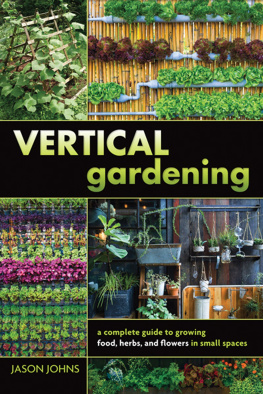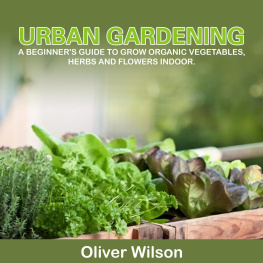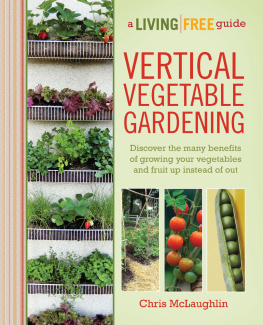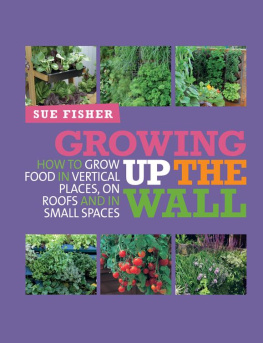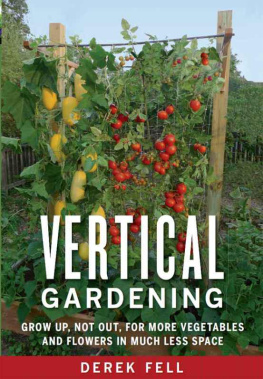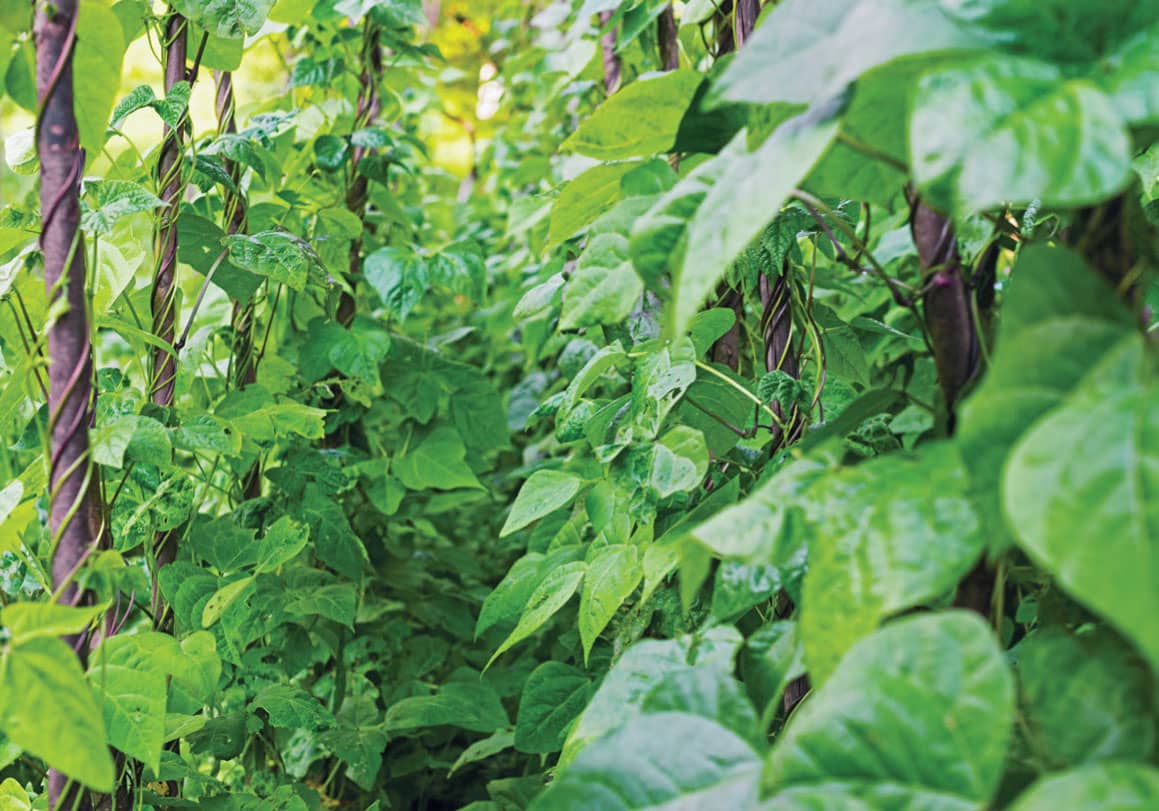Structures for vertical gardening can be freestanding and portable, or they may rely on other elements of your yard for support. This rain gutter garden is freestanding. It adds growing capacity and also visual delight. See .
Vertical planters are highly space-efficient, but they can get top-heavy, especially after a rainfall, so a sturdy base is a necessity.
FINDING YOUR WAY AROUND
This book is for any gardener who wants to learn more about growing food vertically, including the benefits and techniques, design tips and ideas, choosing vertical gardening structures, materials and plants, and caring for your garden. will become your guide to growing vertically and give you all the information you need to plan both a stunning and productive vertical vegetable garden.
In addition to being a guide for growing food vertically, this book also features a number of DIY projects for creating fun and unique vertical gardening structures. is dedicated to vertical supports that are perfect for growing climbing vegetables. Whether you're looking to construct an architectural element, add character and interest to your garden, hide an unsightly area, create a private place to relax, or simply build strong growing structures for your vining vegetables, you will find projects here that will be perfect for your garden space.
are filled with projects and inspiration for fun and unusual ways to grow non-vining crops vertically in different types of containers. These will allow you to utilize areas you never thought of before so you can grow food anywhere. These chapters are meant to inspire you to let your imagination run wild and come up with new and exciting ways to grow your own food!
There's a wide variety of projects in this book that were designed specifically for people of various skill levels. So if you're not particularly handy, don't worry; there are several projects that can be made by anyone and don't require any special skills or tools. If you're looking for more of a challenge, there are projects here for you too! Any weekend warrior will find plenty of satisfying projects and tons of inspiration to keep them busy well beyond building the structures in this book.
The goal of this book is not only to teach you how to grow food vertically. I also really want to inspire your creativity and encourage yougardeners of all levelsto let your personality shine through by adding your unique flare to your vegetable garden. If you only have one takeaway from this book, remember this: vegetable gardens don't have to be purely functional; they can be beautiful too!
If you've never tried growing food vertically before, you're in for a real treat! Vertical gardening will revolutionize the way you grow foodhands down. I am absolutely hooked on growing vertically, and I'm confident that after reading this book you will be hooked on it too.
Are you excited and ready to take your vegetable garden to new heights with vertical gardening? Well, then keep reading!
Designing and building your own plant supports presents a fine opportunity to be creative and channel your inner artist, as with this freestanding and moveable easel planter. See .
How I Found My Passion for Vertical Vegetable Gardening
The first time I tried growing my own food, I was living in a duplex that had a small yard and a few empty garden beds, so I decided to try growing green beans. I haphazardly planted a bunch of seeds in the ground and forgot about them until they started growing.
As the plants grew taller and began flopping over, I realized I needed to provide some sort of trellis for them. Not knowing any better, and because I found some stashed in the garage, I used basic wire tomato cages to support my crop. Soon my tiny garden was completely overgrown with unruly vines reaching for an adequate support. That summer I learned the hard way that vining crops such as pole beans need the right kind of support to grow on!



